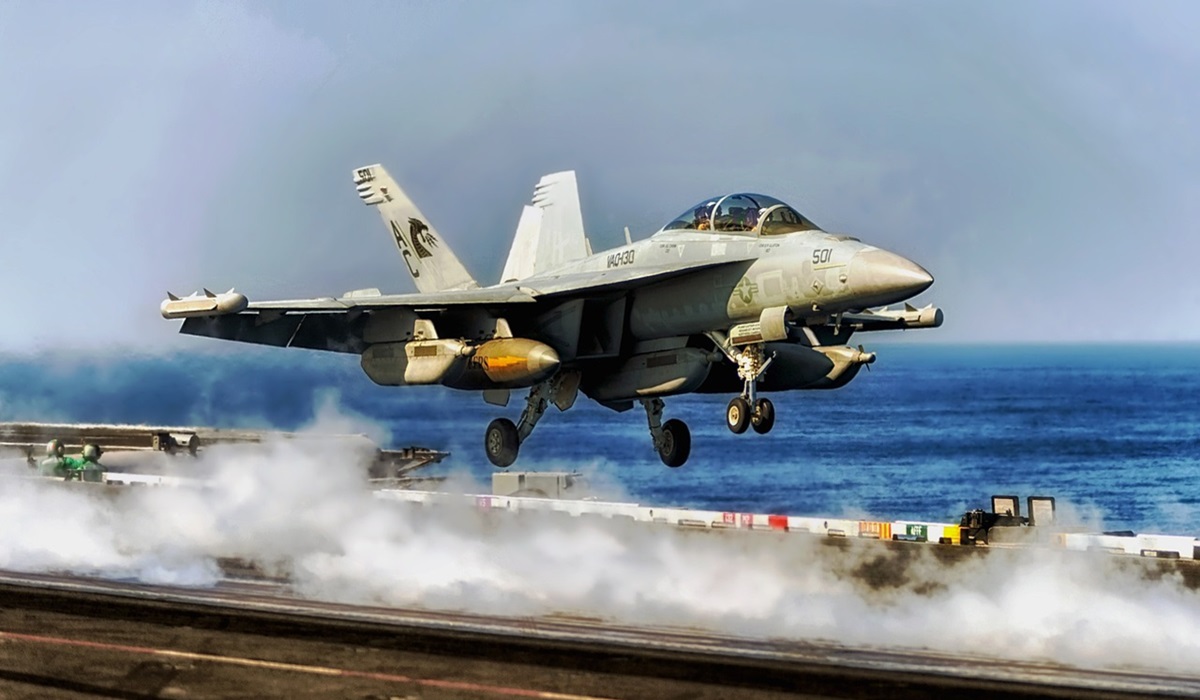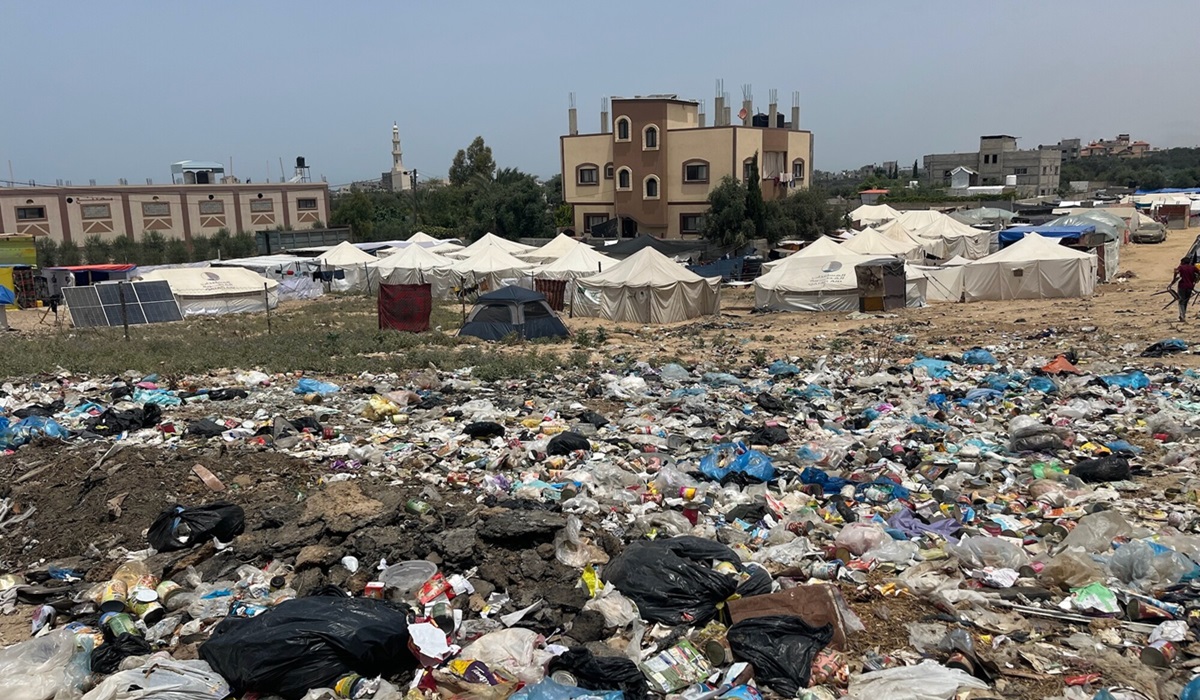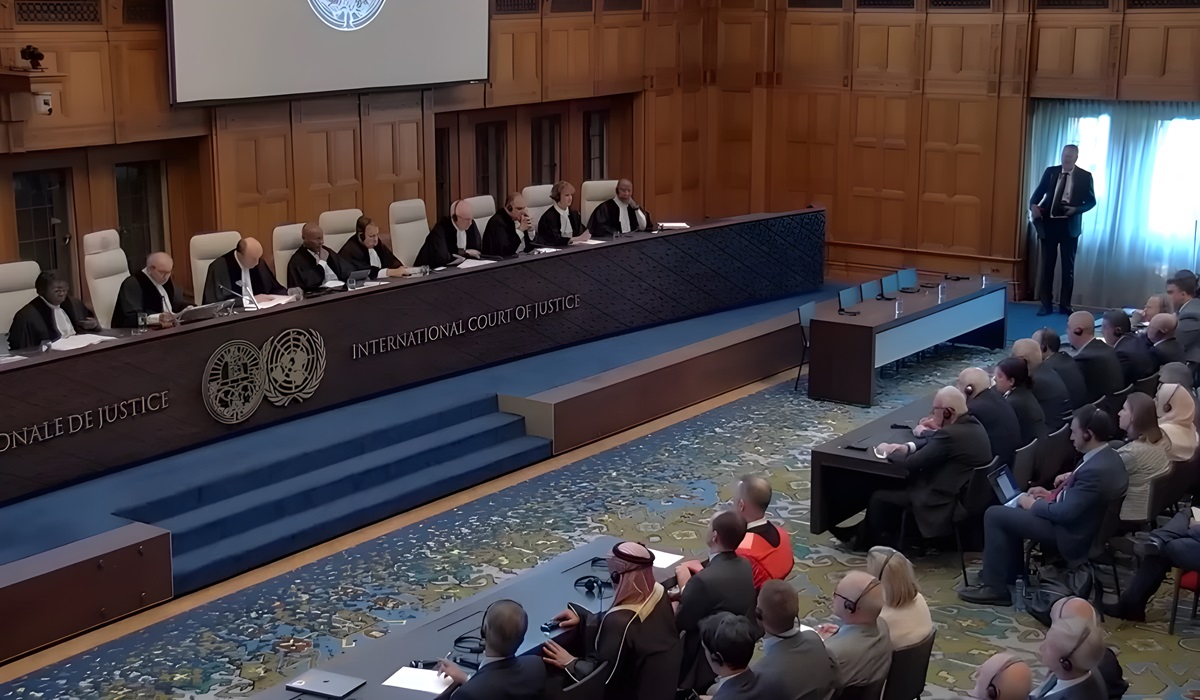The Drums of War: Is Military Action Against Iran the Answer?
- TDS News
- Breaking News
- February 1, 2024

As tensions rise in the Middle East, a concerning drumbeat is echoing through the halls of power in the United States. The catalyst for this growing rhetoric is the tragic Houthi attack in Syria that claimed the lives of three American soldiers and left over 30 injured. Pointing fingers, some influential voices within the U.S. government are singling out Iran as the alleged puppeteer behind the attack.
At the heart of this debate lies a contentious discussion in the U.S. Congress about granting the Pentagon the authority to engage in military action against Iran. The stakes are high, with prominent figures like Senator Lindsey Graham advocating for drastic measures, including the annihilation of Iran. However, the reality of such a conflict is far more complex than the bold declarations made from the comfort of Ivory towers.
One of the key factors complicating the prospect of war with Iran is the extensive presence of American military bases in the region. The largest among them, Al Udeid Air Base in Qatar, serves as a critical hub for U.S. operations in the Middle East since its establishment in 1996. Beyond Qatar, the U.S. maintains a significant footprint in countries like Bahrain, Kuwait, Saudi Arabia, and the United Arab Emirates.
The proximity of these bases to Iran poses a strategic challenge, as they fall within striking distance of potential retaliation. The U.S. has invested heavily in maintaining a robust military presence across the region, including bases in Iraq, Syria, Jordan, and naval fleets in the Red Sea. A conflict with Iran would inevitably put American personnel at risk and raise questions about the feasibility of executing such a war without facing severe consequences.
Senator Lindsey Graham’s call for the annihilation of Iran, while appealing to some, raises practical concerns about the feasibility of such an endeavor. From his privileged position, Graham may find it easier to champion aggressive military actions, but the stark reality is that any war with Iran would likely result in an unwinnable quagmire reminiscent of previous conflicts in Iraq, Afghanistan, and Libya.
The human cost of such a war cannot be understated. Thousands of American lives would be at risk, not to mention the countless civilians caught in the crossfire. The specter of another prolonged conflict, with no clear path to regime change, casts a shadow over the prospect of military intervention in Iran.
As the U.S. government contemplates the possibility of war, the echoes of past conflicts should serve as a stark warning. A war with Iran would not only jeopardize American lives but also strain the nation’s resources, with the burden falling squarely on the shoulders of U.S. taxpayers. The lessons from Iraq, Afghanistan, and Libya should compel a thoughtful and measured approach to avoid repeating the mistakes of the past.
It is important to remember that diplomacy should always be the preferred course of action, and that military action should only be considered as a last resort. The consequences of war are far too great to be taken lightly, and the potential for unintended consequences is always high. The U.S. government should exhaust all diplomatic options before resorting to military force, and should carefully consider the human cost of any potential conflict.








